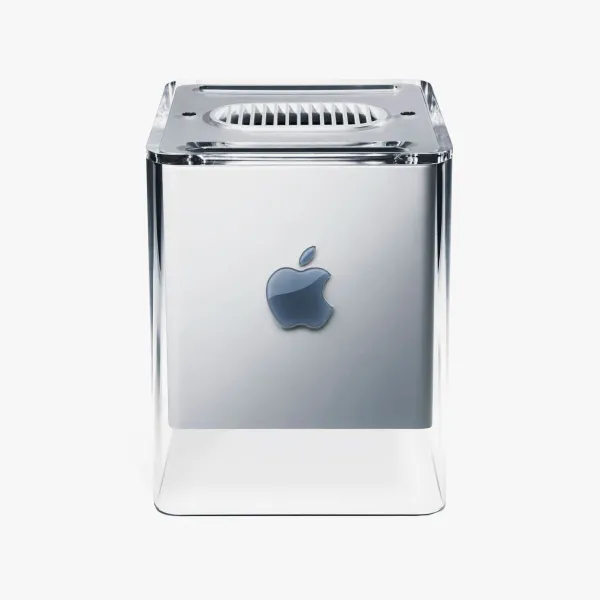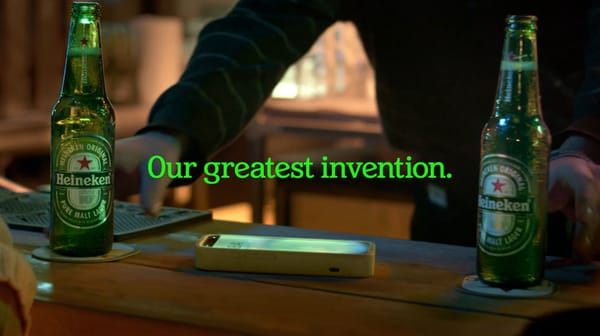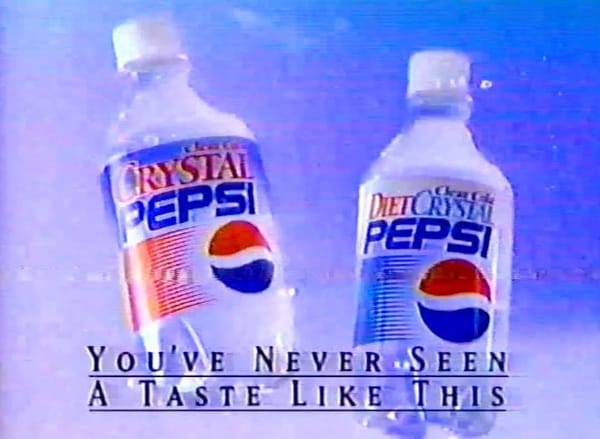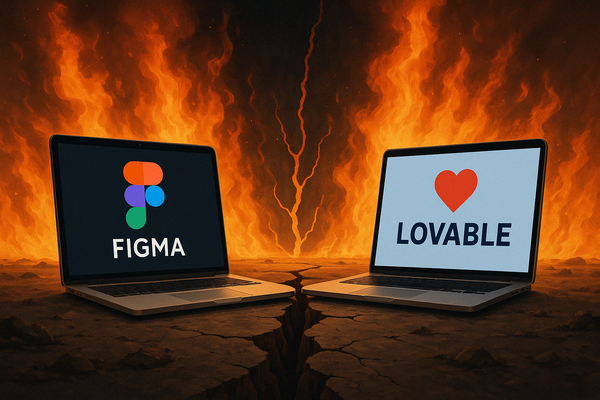For years, Tesla has been riding the wave of hype, stock market insanity, and a cult-like fanbase.
But underneath all the headlines, the real reason Tesla is in trouble isn’t just Elon Musk’s Twitter meltdowns, baffling business moves, or bizarre political takes.
Tesla has been collapsing under its weight for years because of bad internal design decisions—long before Elon started making headlines for anything other than electric cars.
His antics just accelerated what was already inevitable.
Forget the Cybertruck for a second.











